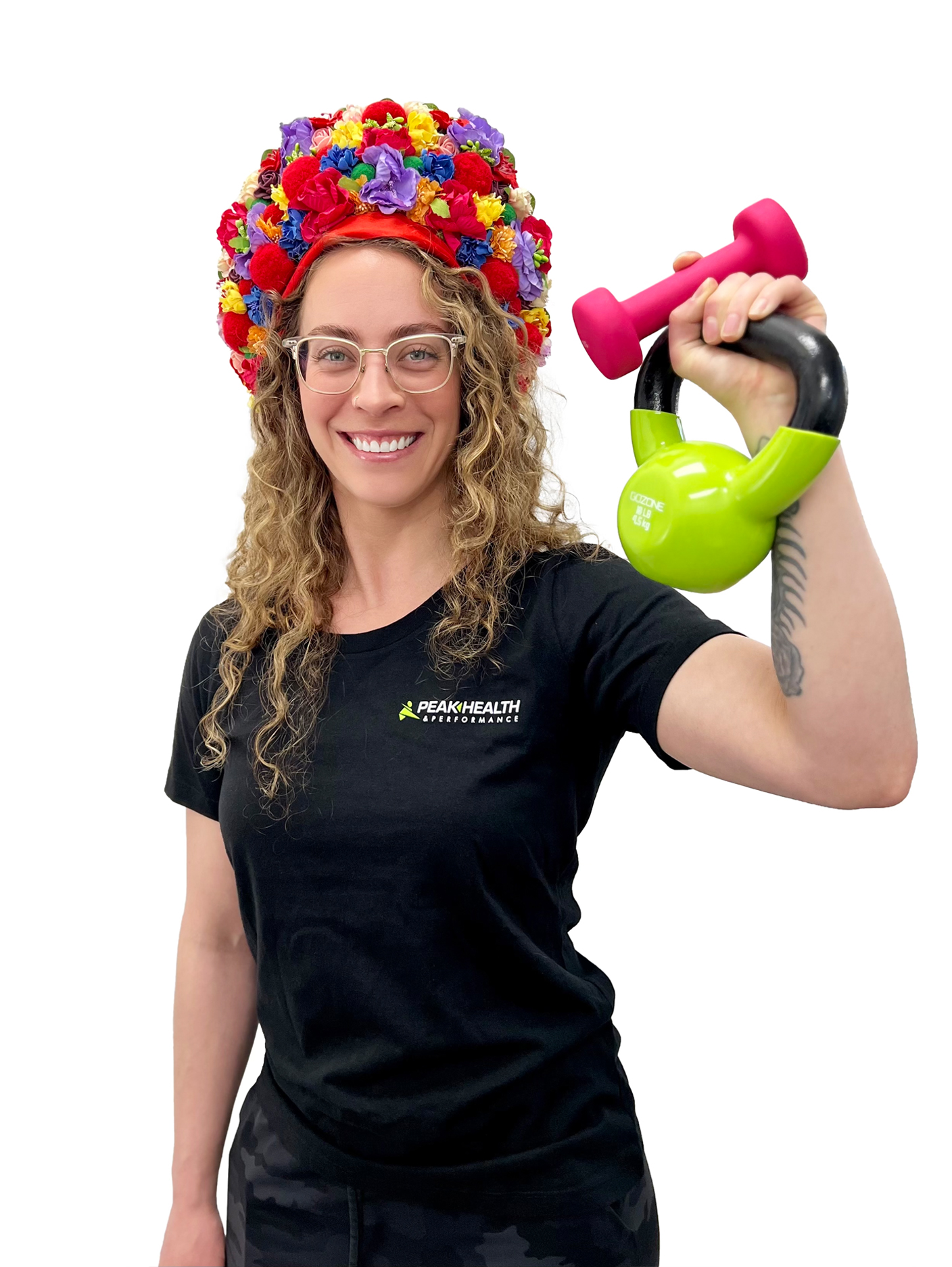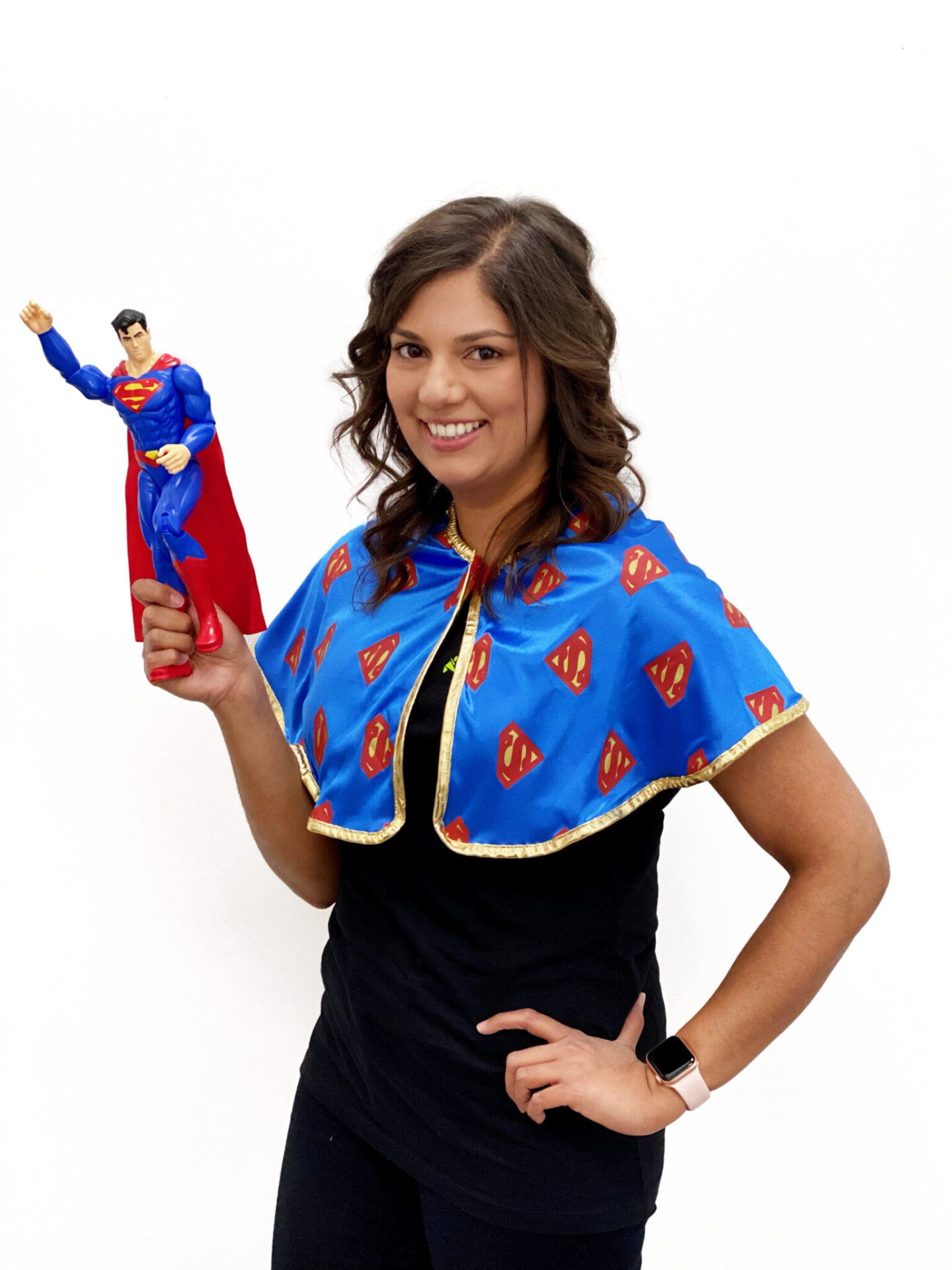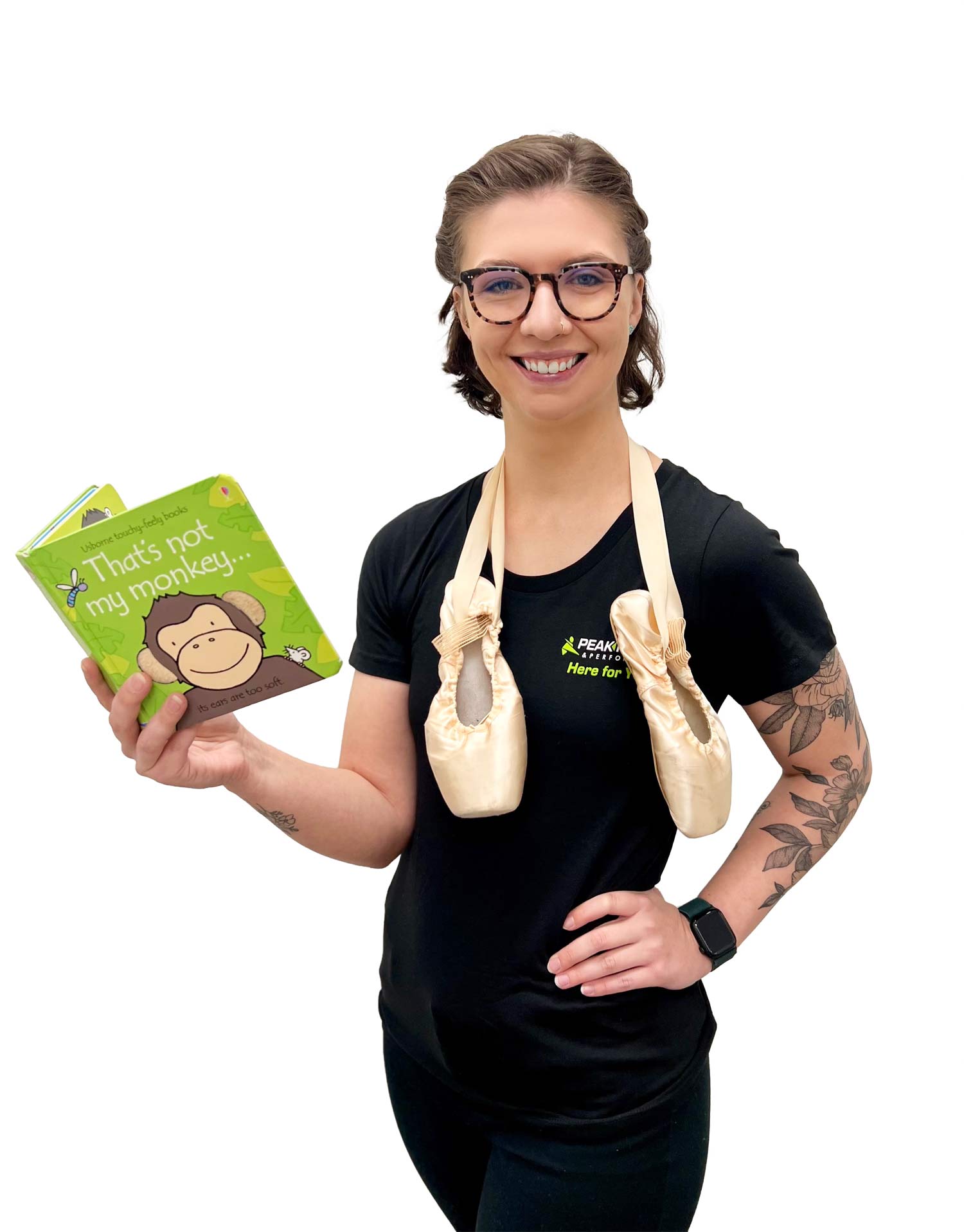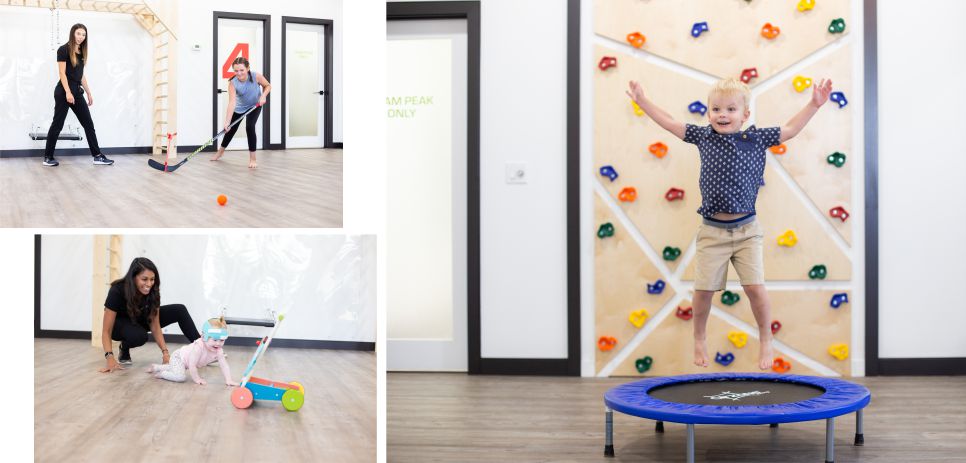What is Scoliosis?
Scoliosis is a 3-dimensional deformation of the spine, which results in visible changes to the appearance of the trunk, as well as internal, structural changes to the intervertebral discs, and eventually to the vertebrae if left untreated.
A majority of scoliosis cases are idiopathic in nature – meaning the cause is unknown. It is most common to develop idiopathic scoliosis in adolescence, before the spine has reached skeletal maturity, however it can occur at any age.
When one develops scoliosis later into adulthood, it is called degenerative scoliosis, and can be due to prolonged habitual postures that lead to asymmetric degenerative changes in the spine during the natural aging process. Depending on the severity of the scoliosis, it may or may not be painful until later in adulthood. Other symptoms that may develop over time are respiratory challenges, anxiety, depression, osteoarthritis, and low self-esteem.
Scoliosis is often identified by physical examination and observation, and confirmed with full spinal x-rays. Signs that may indicate you may have scoliosis are: ill-fitting clothing (i.e. one shoulder always hangs lower); the ribs protruding on one side of the body in the abdomen, or a rib hump on one side of the back (especially noticeable when bending forwards); hips that appear uneven; feeling like one leg may be longer than the other; or feeling like you always slump over to one side in sitting.












